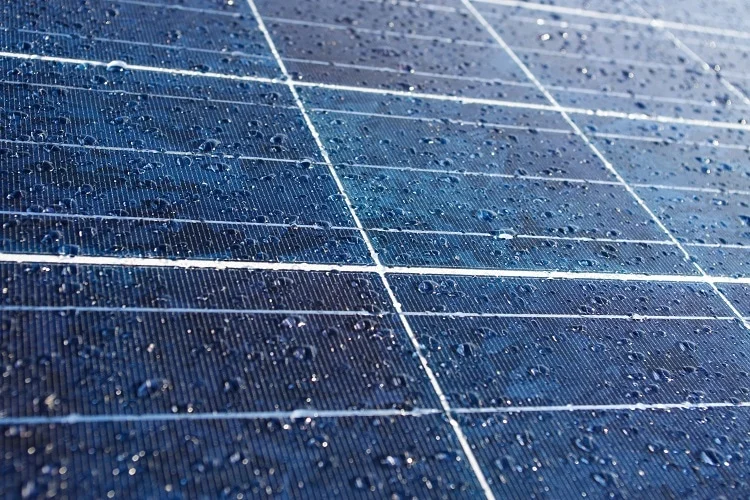Introduction to RainPanel as an Energy Source:
A rain panel, when used as an energy source, is an innovative technology that harnesses the kinetic energy generated by falling raindrops to produce electricity. It represents a promising solution to diversify renewable energy options and contributes to sustainable power generation. By utilizing the abundant and natural occurrence of rainfall, rain panels offer a potential method to reduce dependence on traditional fossil fuels and mitigate the impacts of climate change.
Working of RainPanel as an Energy Source:
The working of a rain panel as an energy source involves the following steps:
- Collection of Rainwater: Similar to traditional rainwater harvesting, rain panels are designed to collect rainwater effectively. The panels are usually positioned at an angle to allow raindrops to fall and accumulate on their surface.
- Kinetic Energy Conversion: As the raindrops hit the surface of the rain panel, they transfer their kinetic energy to the panel material. The panel is equipped with piezoelectric materials or other energy conversion technologies that can convert this mechanical energy into electrical energy.
- Electricity Generation: The piezoelectric materials, such as certain crystals or ceramics, generate an electric charge when subjected to mechanical stress. As the raindrops impact the rain panel’s surface, they cause the piezoelectric materials to flex and generate an electric current.
- Storage and Distribution: The generated electricity is usually directed to a power storage system, such as batteries or capacitors, to store the energy for later use. From there, the stored electricity can be distributed to power various devices and electrical appliances.
- Complementary Energy Source: It’s important to note that rain panel systems as an energy source are often used as a complementary source of power, rather than a primary one. They work best in regions with frequent and substantial rainfall, and when combined with other renewable energy sources, such as solar panels or wind turbines, they can create more reliable and sustainable energy systems.
Future of RainPanel as an Energy Source:
The future of rain panels as an energy source holds exciting possibilities and potential advancements:
- Efficiency Improvements: Ongoing research and development efforts aim to enhance the efficiency of rain panels by improving the design, materials, and energy conversion technologies used. Higher efficiency would lead to increased energy output from the same amount of rainfall.
- Integration with Infrastructure: Rain panels could be integrated into various urban and rural infrastructure, such as building facades, walkways, road surfaces, and even vehicles. Such widespread adoption could significantly contribute to sustainable electricity generation.
- Hybrid Systems: The combination of rain panels with other renewable energy sources, like solar and wind, in hybrid energy systems would ensure continuous power generation regardless of weather conditions.
- Remote and Off-Grid Applications: Rain panels could find valuable applications in remote or off-grid areas, where access to traditional electricity grids is limited. These systems can provide a sustainable power source for essential services and communities.
- Environmental Benefits: By generating electricity directly from falling raindrops, rain panels have the potential to reduce greenhouse gas emissions and lessen the environmental impact associated with traditional electricity generation methods.
- Community-Level Implementations: In the future, we might see communities embracing rain panel installations collectively, allowing them to share the benefits of sustainable energy generation and promote local energy autonomy.
In conclusion, rain panels as an energy source have the potential to play a vital role in the transition to cleaner and more sustainable energy systems. With advancements in technology and increased adoption, they could contribute significantly to reducing carbon footprints and promoting a greener future.



